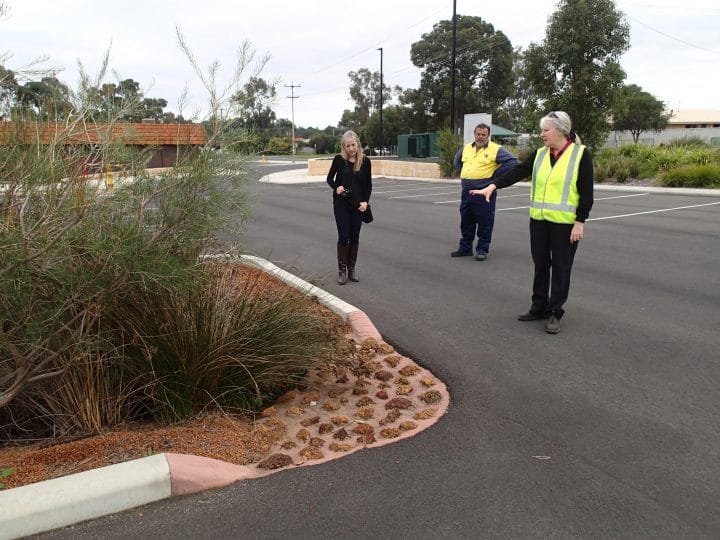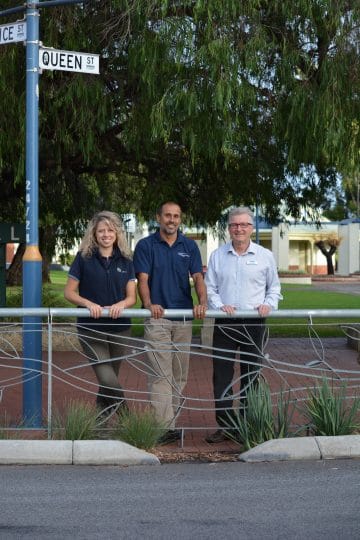Learning the benefits of biofilters
Many local governments in the southwest of Western Australia have embraced the use of biofiltration or vegetated stormwater systems.
These biofiltration systems help keep highly valued waterways, wetlands and estuaries healthy by improving the quality of stormwater runoff while providing other benefits such as greening the local landscape and reducing urban heat island effects.
Council representatives from south-west towns such as Harvey and Augusta visited Busselton for a workshop in May to learn more about using biofiltration systems in urban design to manage local drainage and water quality issues.
Funded by the Department of Water and the CRC for Water Sensitive Cities, this event was also supported by the South West Catchments Council through the Australian Government’s National Landcare Programme. The professional workshop featured presentations by research and industry experts including Future Technologies Program (Program C) Stakeholder Advisory Sub-committee Chair Krish Seewraj, Integrated multi-functional urban water systems (Project C4.1) researchers Dr Emily Payne and Dr Belinda Hatt and Western Australian Regional Advisory Panel member Shelley Shepherd.

South West Catchments Council biodiversity officer Pip Marshall said the biofiltration systems were being increasingly implemented by local governments and the workshop had helped in showing their benefits to local communities.
“Not only do these systems improve the condition of waterways and biodiversity but they are more atheistically pleasing in the built-environment than concrete drains, help reduce daytime street temperatures and even reduce speeding drivers,” Ms Marshall said.
“If more biofiltration systems are integrated with urban design, the healthier our waterways and streetscapes will be.”
Dr Hatt and Dr Payne conducted similar presentations in Perth in May to launch the Adoption Guidelines for Stormwater Biofiltration Systems.
